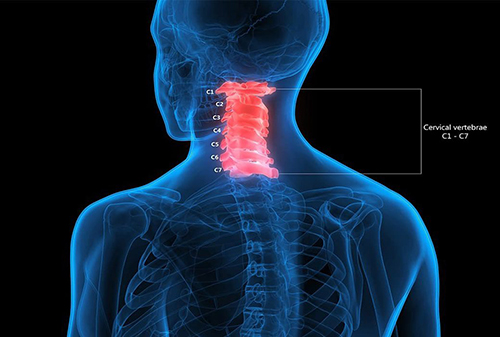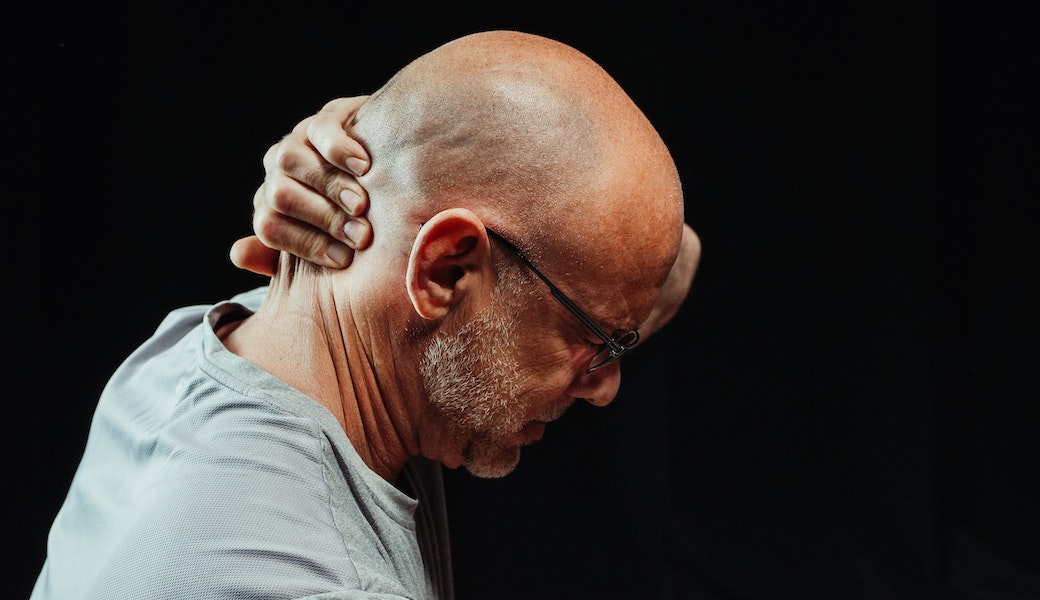If you suffer from neck pain that radiates into your upper extremities, you may be suffering from cervical radiculopathy. There are ways to treat it.
However, other conditions can masquerade as cervical radiculopathy and sometimes, vice versa. So, if you truly think you have cervical radiculopathy the first logical step is to find out for sure. You can visit a chiropractor’s office or another medical professional to get your answer. There are a number of tests that they can perform. Two of them are: The Foraminal Compression Test, and Magnetic Resonance Imaging.
The Science of Cervical Radiculopathy
Anyone who’s had a pinched nerve in the neck or elsewhere, knows how painful it can be and how much you’ll want to get pinched nerve relief. However, don’t rush to complex and complicated treatments unless you are sure you need such.
According to The Journal of the American Academy of Orthopedic Surgeons, cervical radiculopathy has a 75% chance of spontaneous improvement. The recommended starting treatment is usually a little bit of time in conjunction with a variety of conservative therapies like chiropractic care.
Another study by The American Family Physician also states that an approach of multiple types of conservative therapies may be the preferred first steps in treatment to take.
Testing for Cervical Radiculopathy
Now that we’ve set the stage, let’s dig a little deeper into the diagnostic tools we mentioned above.
1) The Foraminal Compression Test for Cervical Radiculopathy
The Foraminal Compression Test was developed in 1944 by two neurosurgeons named Roy Glen Spurling and William Beecher Scoville. It is also known as the Spurling’s Neck Compression Test, The Neck Compression Test, and The Quadrant Test.
Although the Foraminal Compression Test has some success, it is not sensitive enough to be used as the only diagnostic screen when looking for cervical radiculopathy. It is most effective when it is used in conjunction with other techniques and technologies like MRI’s and CT scans.
As a rule, the Foraminal Compression Test should always be accompanied by a history and a thorough medical exam. For the test itself, the medical professional will gently manipulate the patient’s head and neck. Specifically, the medical professional will gently try to extend and rotate the neck and, as a result, provocatively (but carefully) engage and compress the affected nerve. This should reproduce the pain and other symptoms of cervical radiculopathy if such a condition is present.
If the symptoms do reproduce – for example, if the pain radiates to the shoulder of the same side – that constitutes a positive test. If the symptoms are not reproduced, or if the pain is limited to just the neck area, that is considered a negative test. Typical conditions leading to a negative test are muscle spasms and simple stiffness.
2) Using an MRI To Test for Cervical Radiculopathy
A pain located in your neck is not always a pinched nerve. For example, it may just be the result of an irritated and inflamed joint. Alternatively, there may be a deeper root cause to the pain like degenerative disc disease or a bulging disc. Or, it may in fact be cervical radiculopathy – that is, a pinched nerve in one of your cervical vertebrae.
The question is: how do you tell one condition from the other? Above, we discussed the Foraminal Compression Test. This is simply a hands-on physical method to evaluate the neck pain you are suffering and what may be causing it. Generally, on its own, it cannot give a definitive answer. But the results it does deliver may lead to the next test needed to give that definitive answer. One such test is the MRI.
Why not use the MRI right off the bat? Well, one reason is that it’s a costly procedure. You don’t want to use it on every client if you have ways of diagnosing their condition without it. Additionally, some medical conditions and treatment, like implants, for example, react poorly with an MRI, so they should not be used.
Nevertheless, the MRI remains the gold standard as a diagnostic tool. It works by using powerful magnets to generate a powerful magnetic field which, in turn, interacts with the protons in your body. By manipulating this interaction between the protons and the magnetic field, the MRI can produce a two-dimension image of a “slice” of your body. More advanced MRI technology can use multiple “slices” to produce a three-dimensional image.
This gives medical professionals a remarkable way to image and inspect not only the bones, but the tissues, tendons, ligaments, and other structures in your body. Because of this, uncertain diagnoses, like some types of cervical radiculopathy, can usually be resolved with certitude by using an MRI. Where other methods fail or are insufficient, the MRI can give a final, determinative answer as well as other useful information.
Regardless, once the condition is identified for sure, your medical provider can craft a care plan. This will likely comprise of cervical radiculopathy exercises among other things.

A Look at C6 Cervical Radiculopathy
There are seven cervical vertebrae in the human neck (c1 – c7). A pinched nerve (Cervical Radiculopathy) can appear in any of them, but the more common instances tend to be in the c6 and c7. Let’s focus on cases of C6 radiculopathy.
Symptoms of radiculopathy in the C6 nerve usually consist of neck pain, shoulder pain, and either pain, tingling, or numbness down one or both arms. Sometimes the pain can make sleeping difficult. In fact, sometimes the pinched nerve can be the result of poor sleeping practices like selecting the wrong sleeping position.
To learn more about what is and what is not the best sleeping position check out this companion post.
Of course, if you realize that you have a persistent pain in your neck that may be a pinched nerve or some other developing condition, you should seek out professional medical care. One good option is a chiropractor. Chiropractors are experts in the musculoskeletal and nervous systems.
Many people have sought chiropractic care for pinched nerves. You certainly won’t be the first.
For example, consider this case from the National Library of Medicine. A 57-year-old woman who worked in insurance was suffering from neck pain and numbness in her left arm. After an initial exam, she was diagnosed with c6 radiculopathy caused by cervical spondylosis.
She tried a number of conservative therapies including: rehabilitative exercises, acupuncture, pain medications, and even cervical traction, but the pain persisted. Finally, the combination of spinal manipulation and cervical traction were implemented together. Three months of care eliminated the pain and other symptoms. A check-in after four years showed that her cervical lordosis (curve of the neck) had been restored.
In other words, this woman’s cervical radiculopathy had been treated and resolved with conservative measures particularly chiropractic care.
Conclusion
So, if you think you suffer from a pinched nerve in the neck, do not fret. If you visit a chiropractor or other qualified medical professional, they have a number of methods at their disposal to diagnose your condition. From there, they can help develop a care plan for you and get you back on the path to health.
Sources:









